Travel Writer’s Guide To Rome
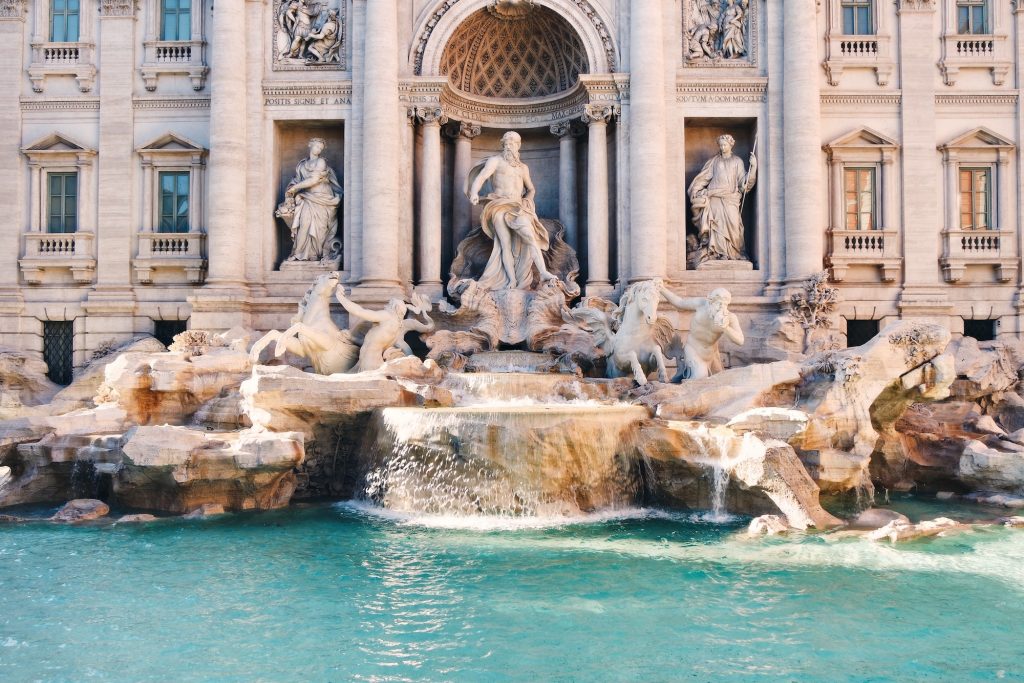
A vacation to Rome requires a different set of standards for a writer. To know where to draw inspiration, where to write, and where to lay your head at the end of a long day. In this travel writer’s guide to Rome, you will get it all. That way all your energy can flow into your creativity.
History
Legend says that Rome was founded in 753 BC by the sons of Mars, Romulus, and Remus. After being left to down, they were rescued by a she-wolf and lived to fight the king and found the city of Rome.
From the 18th century BC, Rome expanded from a small town to an empire that included most of Europe, Britain, Asia, Africa, and the Mediterranean islands.
After 450 years as a republic, Rome became an empire in Julius Ceasar’s rise and demise. Caesar was murdered on the ides of March by a group of his enemies. After his death, Mark Anthony and Ceasar’s great-nephew and heir Octavian worked together against Brutus and Cassius who led the takedown of Ceasar.
With Octavian in power of the west, he triumphed over Antony and Queen Cleopatra of Egypt. After the defeat, Antony and Cleopatra took their own lives.
Octavian became the sole leader of Rome by 29 BC but made sure that he was accepted by the public as not to meet the same fate as Ceasar. Octavian assumed the title of Augustus, and the month of Sextilus was renamed August after the emperor.
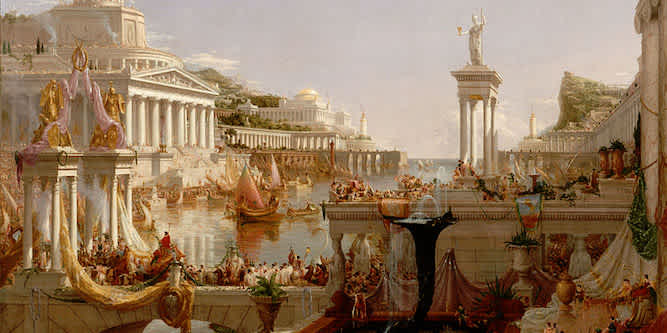
Inspo
Rome is absolutely brimming with ancient inspiration. Even a lavish rooftop bar such as Terraza Borromini has a hard time feeling modern, as it gazes over the dome-shaped towers.
Of course, you will want to see the Pantheon in all of its splendor, which dates back to 125 AD. Walking beneath its unusually high ceilings and grand columns will transport you to another era in time.
While the Trevi Fountain is not as old, only dating back to 1726, it is still a wonder to behold.

Another must-see for a spark of inspiration in Rome is St. Peter’s Basilica, built in 1506 as well as the Sistine Chapel built in 1473. Although technically they are part of their very own, Vatican City. Touring through the Vatican you will find artwork that seems to have been painted by the Gods, however even more striking is the ancient vandalism scribed into the walls from a time when the Pope was nearly captured.
Perhaps the most awe and creativity-inspiring landmark in Rome is the Colosseum, built in 70 AD. Touring through the inside of the Colosseum you can trace the steps where Gladiators saw the last moments of their lives.
Alongside the Colosseum is the Roman Forum which amazingly was first developed in the 7th century BC. While a guided tour can seem a bit too touristy, especially when you’re trying to gather inspiration, this may be the time to do so.
Walking through the Roman Forum you can retrace the steps of Julius Ceasar and even view from above where he was murdered. Your tour guide will be able to show you the meaning behind all of the ancient ruins.
Writing Places
Antico Caffè Greco
Caffè Greco is one of the oldest cafés in Rome. It was a writers’ haunt and literary greats like Byron, Keats, Goethe, and Stendhal all had coffee here at this ornate 18th-century cafe.
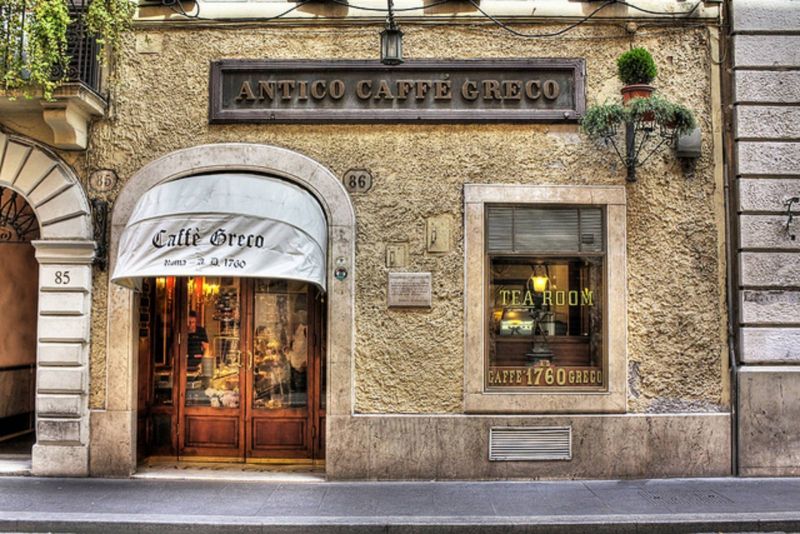
Chiostro del Bramante
If you are looking for a more scenic view while working, come here as the outdoor seating available overlooks the main courtyard of the museum, giving you a chance to be outdoors on a nice day. The relaxing and comfortable atmosphere is great for anyone that just wants to “wind down” or study alike. Away from the crowds, you will be sure to find some quiet time in this charming setting not too far from Piazza Navona.
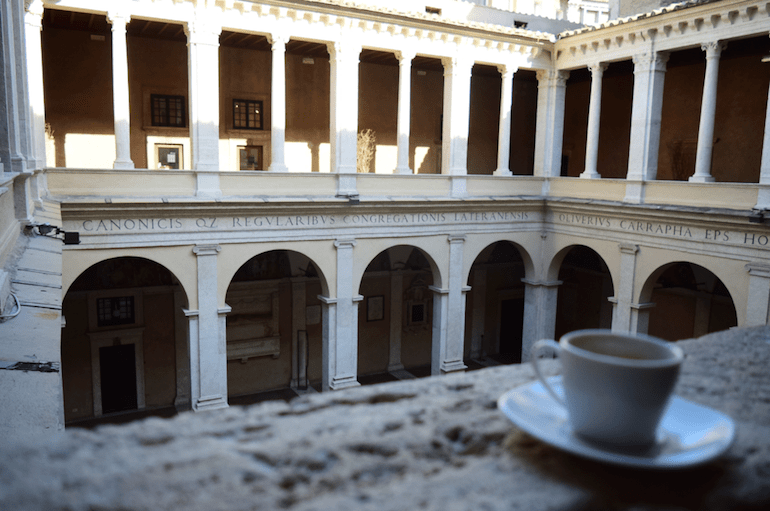
Travel Tips
Where to stay: If you’re looking to see all of the historical landmarks in Rome, then Centro Storico is the best location. You can absolutely rely on the cabs in Rome, however, everything is within about a half an hour walk. As long as you’re not in a heatwave then walking for five miles each day goes by without you even noticing.
While you can absolutely choose to stay in a hotel, there are many options for Air Bnb in Rome. You are able to choose a home that has a large amount of space for writing that may be a better option than a hotel. Below is an Airbnb that I can recommend, with ample space for writing. There is even a terrace overlooking Rome where you can both work or relax all day.
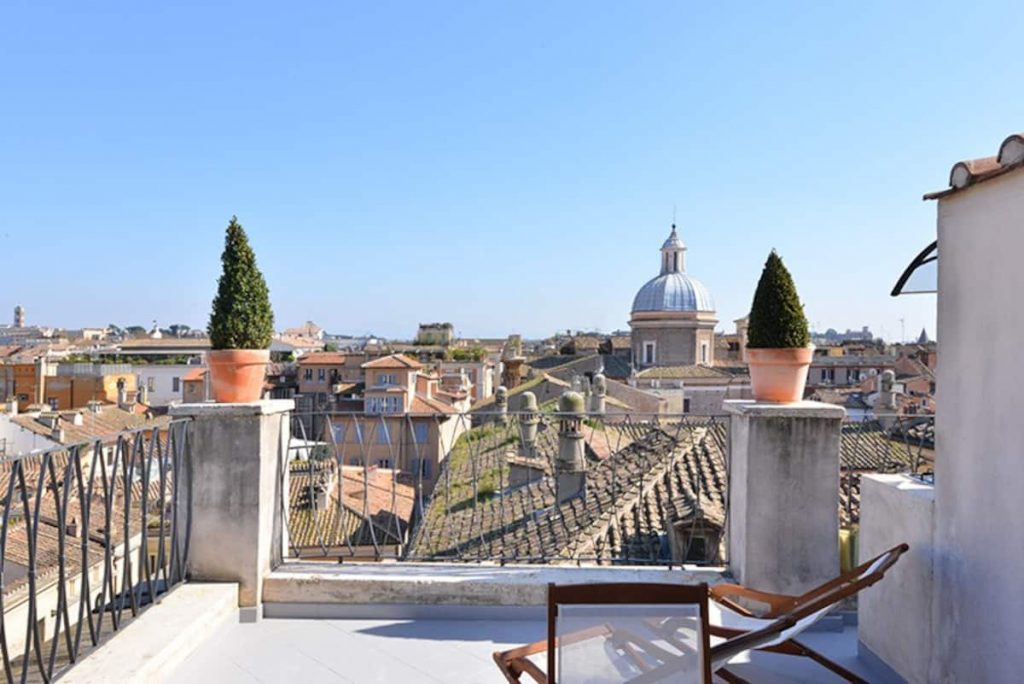
From the airport: Cabs or Uber are easily available from the airport or the train station. You would be advised not to stay near the train station, however, as it’s not the nicest area in Rome.
On a budget: If you’re in Rome on a budget then you will be happy to know that just about anywhere you go for a cocktail will also be providing you with an endless supply of free snacks. Also, keep this in mind if you’re trying not to ruin your appetite!
Take a look at the menus ahead of time as some are cheaper than others, and there are many “tourist trap” restaurants that overcharge in populated areas.
When to go: You will want to avoid the very end of summer when Rome becomes incredibly hot. However, this is when most of Italy flees the cities and heads to the seaside so it can be a bit less crowded.
If you’re looking to avoid the crowds, but you don’t mind chilly winter then you can go from October to April. However, the peak time for Rome is May through September. Earlier in the season however will be less crowded.